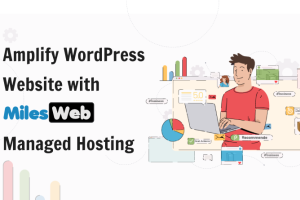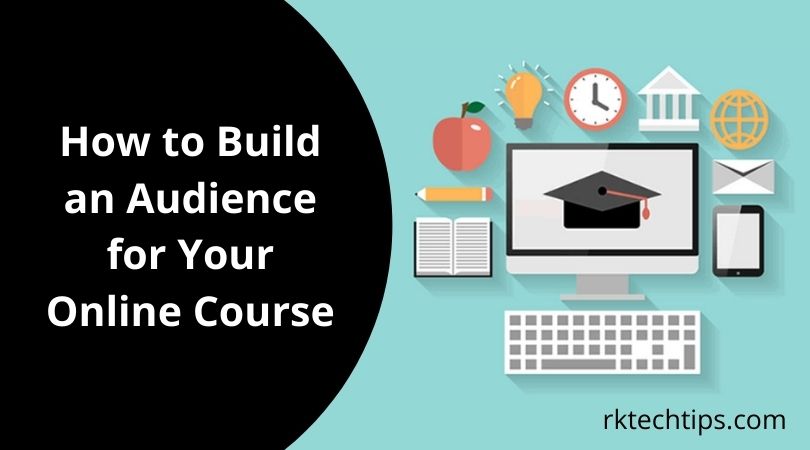There are many reasons why an individual decides to take an online course. However, one common motivation is making sure their students see the results.
Your students will be happier and more likely to recommend your practice. They’ll also be more likely to make future purchases from your company.
Your students will see results if you sell to the right people, aka find the right audience for your online courses.
It is easy to sell an online course to anyone willing to pay. However, narrowing your audience and marketing strategy can help you target those most likely to be satisfied with your purchase.
Online entrepreneurs often make the same mistake: they don’t know their audience. If you don’t know your audience, it isn’t easy to tailor a product for them.
Deciding who your online instructor is?
Step 1: Who are you looking to help?
- You most likely have an idea of the people you are best suited for helping. These are some questions to ask yourself:
- – Which group do you know better than everyone else?
- What are you most passionate about?
- Is there a community that would benefit from your expertise?
- -A group you are deeply connected to?
- You might teach a course on gardening, for example. You might think, “My online gardening course is for everybody interested.” But it’s not.
Your course won’t help advanced gardeners. There will also be beginners who won’t benefit from your system.
Your approach may be more suited to hobbyist gardeners looking to improve their gardening skills and grow their produce.
Step 2: Do some research
- Finding the right audience for online classes is fun when you do your research. Start by searching Google for your topic and any related keywords and phrases. Look at the results.
- Which sites are being created?
- What are the commonalities you see?
- Are there certain people who are interested in your topic?
- Your research might reveal that those who are most interested in growing their produce include thrifty 30-somethings looking to reduce their carbon footprint, save money, and positively impact the environment. This will help you understand the type of marketing that is most effective in reaching your target audience.
Step 3: Look for similarities
- Are your target audiences mostly in one country?
- Which language is your audience speaking?
- Are they predominantly male or female?
- What is the education level?
- What age range are they in?
- Is there another identifying characteristic or similarity in the group?
- You are now ready to increase your audience and launch a huge campaign. We have perfected our audience growth strategies and created a foolproof plan to attract your audience and add them to your email lists.
- Attracting your target audience
- Consider creating a mini-course before you dive into your course. This will help you get started and expand your audience. You can give this lead magnet away for free in exchange for your email address.
- It would help if you did not start from scratch when choosing a topic for a mini-course. Instead, it would help if you worked backward, starting from the main course. Start by looking at a section of your main course that you feel would be a good candidate for a mini-course.
- Let’s return to the gardening example. If your course guides your students from start to finish with their backyard gardens, you might offer the first module for free.
- To help you grow your audience, lesson one should be how to make a plot with animal-proof fencing. Although you’re not sharing the juicy details, it is the foundation that your potential customers will require.
- They will be eager to learn more once they have had a taste of your online courses. You can hook your audience by giving away a little bit of your online course. This will increase your conversion rate.
# A mini-course is the key to success.
- Keep it small. Many people offer “mini-courses,” which could easily be standalone products that sell for hundreds of dollars. This is because the creator was too greedy. Amazingly, people give away this much for free. But that’s not the goal.
- It is easy to create a mini-course.
- -Create a section for a Teachable course
- Add course information to text lectures
- -Incorporate a valuable download
- If necessary, add images to your text to help explain what you are doing.
- Get people to sign up for your mini-course
- It would help if you did much more than create your mini-course. You will need to do a lot of marketing to get your name out, especially if this is your first time in the online marketing world.
# Let’s look at a few ways you can attract more traffic to your mini-course:
- Profit from the traffic of someone else
- Find your audience on an established platform
- You can tap into the traffic of someone else:
- Attend in-person events such as conferences to talk to people about your course. This guide will help you speak at conferences. Guest post on other blogs and sites, directing people to your sales page or website.
- Ask experts and influencers in your niche to make your course available and offer them free access. You could also make them affiliates.
- As a guest speaker on podcasts or webinars, you can talk about your work and course.
# Find your audience on an established platform.
- This is the fastest and most organic way to find your audience quickly for an online course.
- Promote your practice on social media platforms like Instagram, Facebook, and Pinterest
- You can create video content for YouTube to drive people back to your course.














